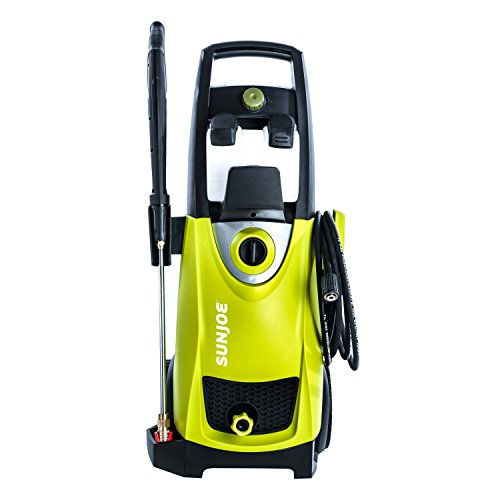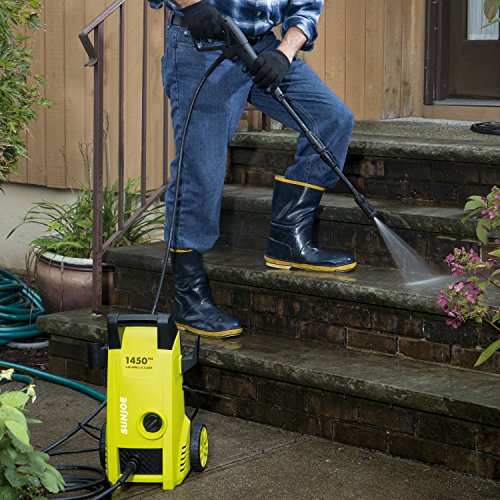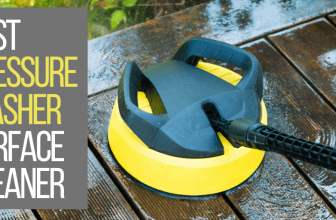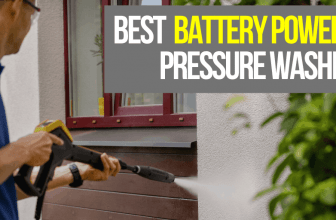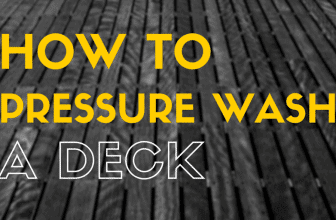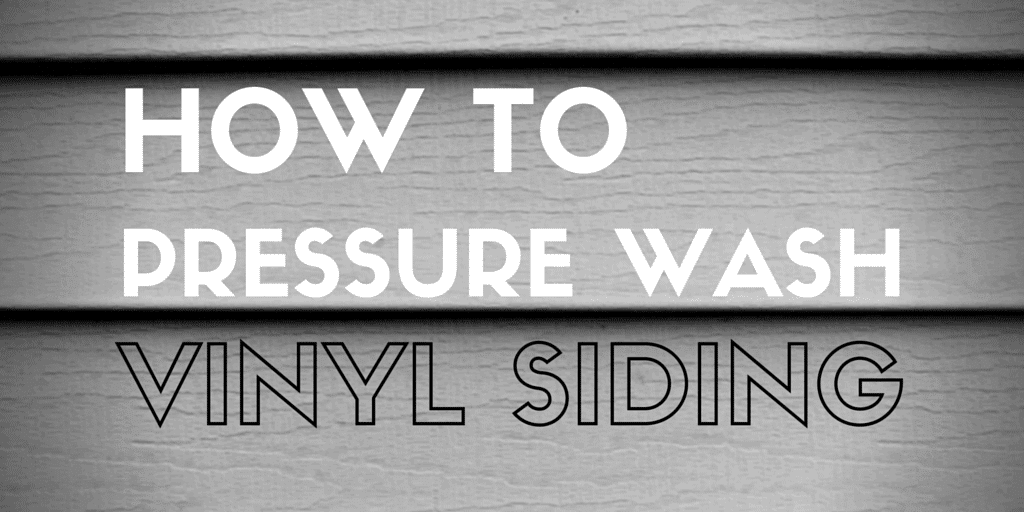
This post may contain affiliate links. This small commission costs you nothing and allows us to write more great power tool reviews for you.
Home maintenance involves a lot more than you might expect, and anyone that is in their first year of property ownership can attest to this.
You budget a certain amount, and before long it’s all out the window – this is all too common and many homeowners end up doing tasks themselves to save a few bucks and familiarize themselves with the process.
One of the key tasks you’ll have to get done or do yourselves annually is clean your homes vinyl siding – especially after the long winter and spring shows are left tons of grime, dirt and residue all over them.
The most efficient way to get this done in an afternoon is to get your hands on a good pressure washer and blast away all that dirt and grime.
Here are the steps you should take to get this chore done as fast and efficiently as possible and avoid prolonging this more than needed.
Required Materials
These are the basic items you’ll need to pull this task off successfully.
We’d highly recommend either renting a pressure washer or investing in one for the long term if you are going to be doing this task yourself each year.
You can use a decent pressure washer not only to clean your siding, but also a truck or trailer, which can be a pain to clean by hand.
You’ll also want to make sure your hose is of acceptable length and is not punctured at any point or prone to kinks which can prevent consistent water flow.
Additionally, if you are washing the siding of a two story home, or need to reach higher than normal we’d recommend looking into available attachments which can make reaching those awkward angles easier, and reduce the need to use a ladder.
How to Properly Use a Pressure Washer
If this is your first time using a machine like this, the task can be daunting. If you’ve rented, it should come with some documentation.
The ideal settings that should be used vary depending on what you are cleaning, but since we are dealing with vinyl you’ll need a machine capable of at least 3,000 PSI and 4 gallons of flow per minute.
Anything higher may do damage to your siding, and anything lower won’t be sufficient to remove the dirt and residue that has built up.
You will also want to be careful not to use a strong soap as it can damage the paint on your siding. Mild detergent or dish soap is often enough to get the job done.
Preparing the Area
Ready to go? Be sure you prepare the surrounding area first before you go blasting away at your siding. Any plants should be covered with a tarp or even just a plastic bag.
The harsh flows of water, as well as chemicals, can hurt your plants so be sure to protect them before beginning.
Trim any excess branches or foliage before beginning so your pressure washer has a clear path and you don’t miss any areas.
Finally, if you have any outdoor electrical sockets, be sure to close them off so the soap and water doesn’t get into the socket and cause problems.
Inspect the area thoroughly before beginning for any partially torn panels of siding and get them replaced before you begin the cleaning process.
The excessive pressure from the water can cause it further damage.
It is often the case that you won’t notice damage until you go on cleaning, so be sure to visually inspect your siding after major storms to keep up with maintenance.
Working with Your Pressure Washer
You’re going to want to work efficiently with your pressure washer, especially if you want to get the job done and not waste too much water.
A 45-degree angle is the ideal angle for hitting your vinyl siding which both will dislodge the dirt and prevent water from accumulating behind the siding.
Letting excess moisture get in behind your siding can lead to mold or mildew down the road which is truly a pain and expensive to diagnose and remove. It is also a common entry point for further household mold problems.
Start from the bottom area, closest to yourself and move upwards going side to side until every area is covered. Be sure not to overlap too much as it can damage your siding and be expensive to repair.
For higher areas or two story units, you’ll want to get an extension for the nozzle of your pressure washer so you can comprehensively clean upper areas without balancing on a ladder which you probably would like to avoid doing.
Finally, if you are truly unsure how much pressure is enough, test it out on a small area. The water should be strong enough to remove dried on dirt, but not enough to dent or bend the actual vinyl panels.
Finishing Up
Once you’ve finished, reverse your direction and start from the top down and rinse excess soap and water from your siding using a garden hose or a lower setting on your pressure washer itself.
This should prevent streaking, much like you would want if you were washing a window. Ideally, this should be done as soon as you finish so the soap you’ve used doesn’t have time to dry and cause pasty white streaks.
At first glance, this may seem like a complicated task, but we’d highly recommend investing in a quality pressure washer so you can familiarize yourself with this task and get it done annually or when needed.
Not cleaning your siding can reduce your overall property value and curb appeal.

